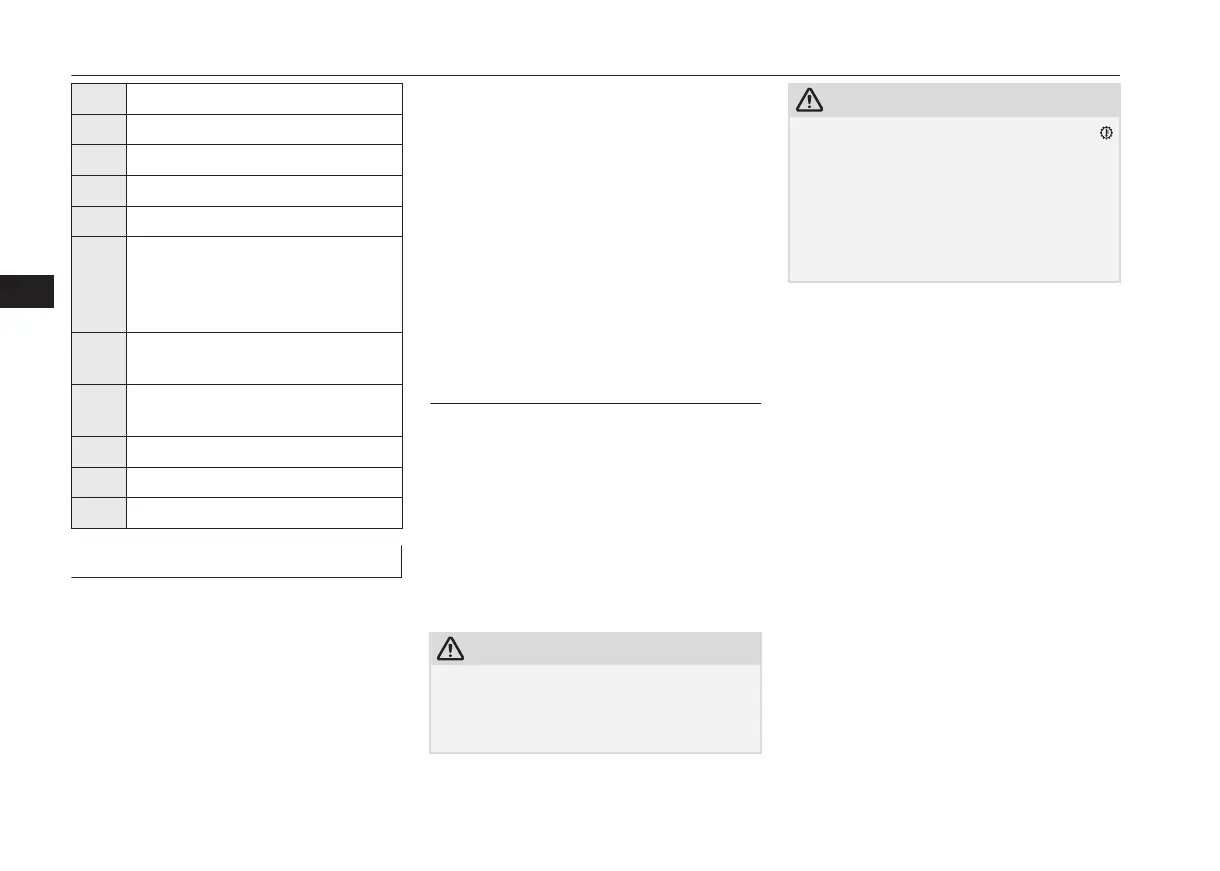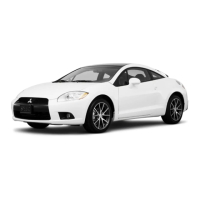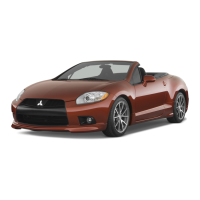3 21 mm
4 68.5 mm
5 328.5 mm
6 75 mm
7 858 mm
8 489 mm
(at kerb weight condition)
372-381 mm
(at laden condition)
9 500 mm
(at kerb weight condition)
10 524 mm
(at kerb weight condition)
11 455.5 mm
12 495 mm
13 534.5 mm
Operating hints
l
To prevent the clutch from slipping (Ve-
hicle with a M/T only), do not rev the
engine more than is required when start-
ing off.
l
Be sure that the driving speed does not
exceed 100 km/h (62 mph) for trailer op-
eration.
It is also recommended that you obey the
local regulations in case driving speed
with a trailer is limited to less than
100 km/h (62 mph).
l
To prevent shocks from the overrun
brake, depress the brake pedal lightly at
first and then more strongly.
l
To make full use of engine braking,
change to a lower shift point before de-
scending a slope.
Overheating
This will normally occur as a result of some
mechanical failure. If your vehicle should
overheat, stop and check for a loose or bro-
ken water pump/alternator drive belt, a
blocked radiator air intake or a low coolant
level. If these items are satisfactory the over-
heating could be caused by a number of me-
chanical causes that would have to be
checked at a competent service centre.
CAUTION
l
If the engine overheats, reference should be
made to “Engine overheating” section of
“For emergencies” prior to taking any cor-
rective action.
CAUTION
l
On vehicles equipped with CVT, if the
warning display is showing, the temperature
of the automatic transmission fluid, CVT
fluid is high.
Read the reference page and take the re-
quired measures.
Refer to “ When a malfunction occurs in the
CVT ” on page 6-35
Trailer towing
6-128
OGKE18E1
Starting and driving
6













